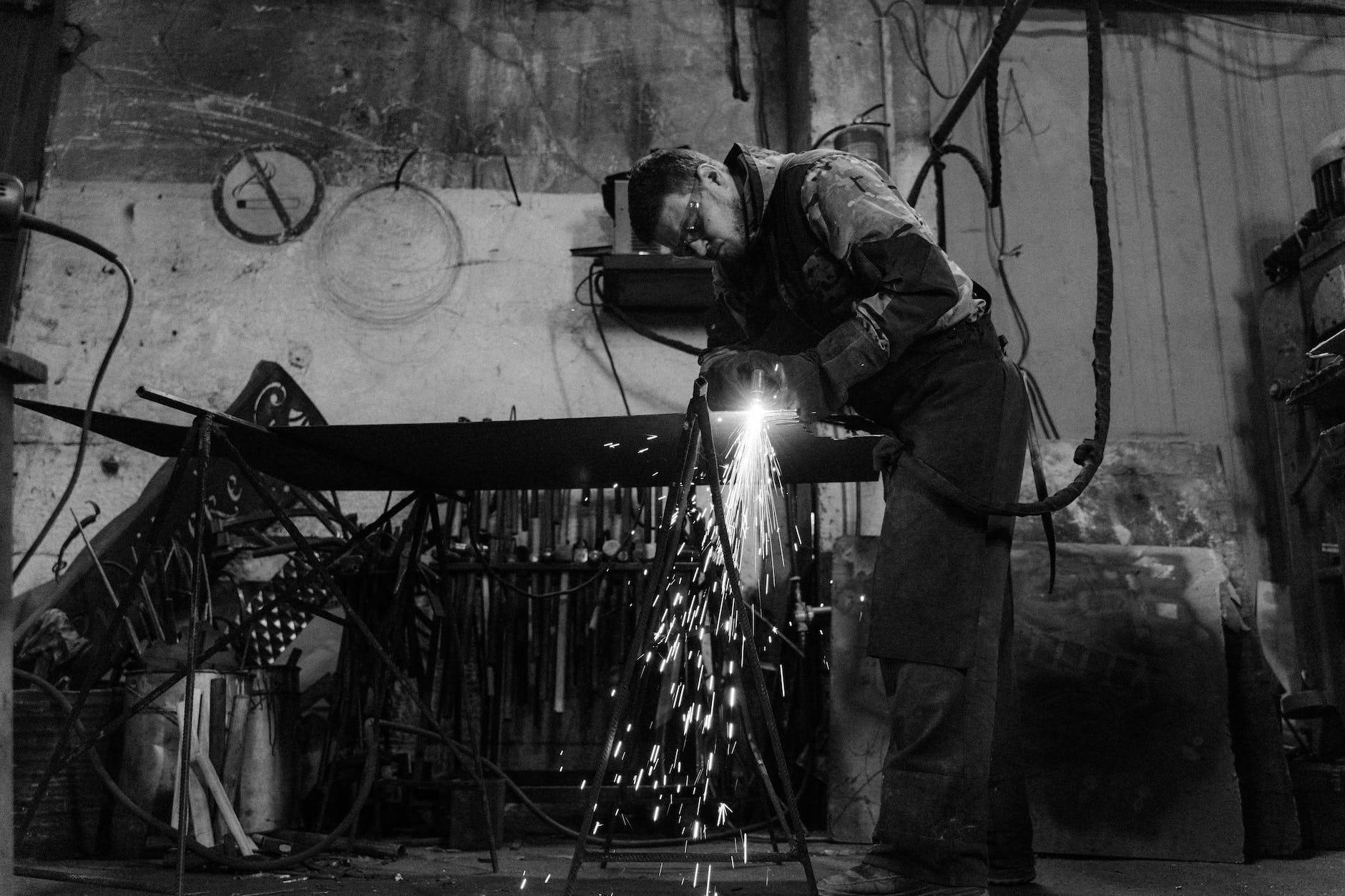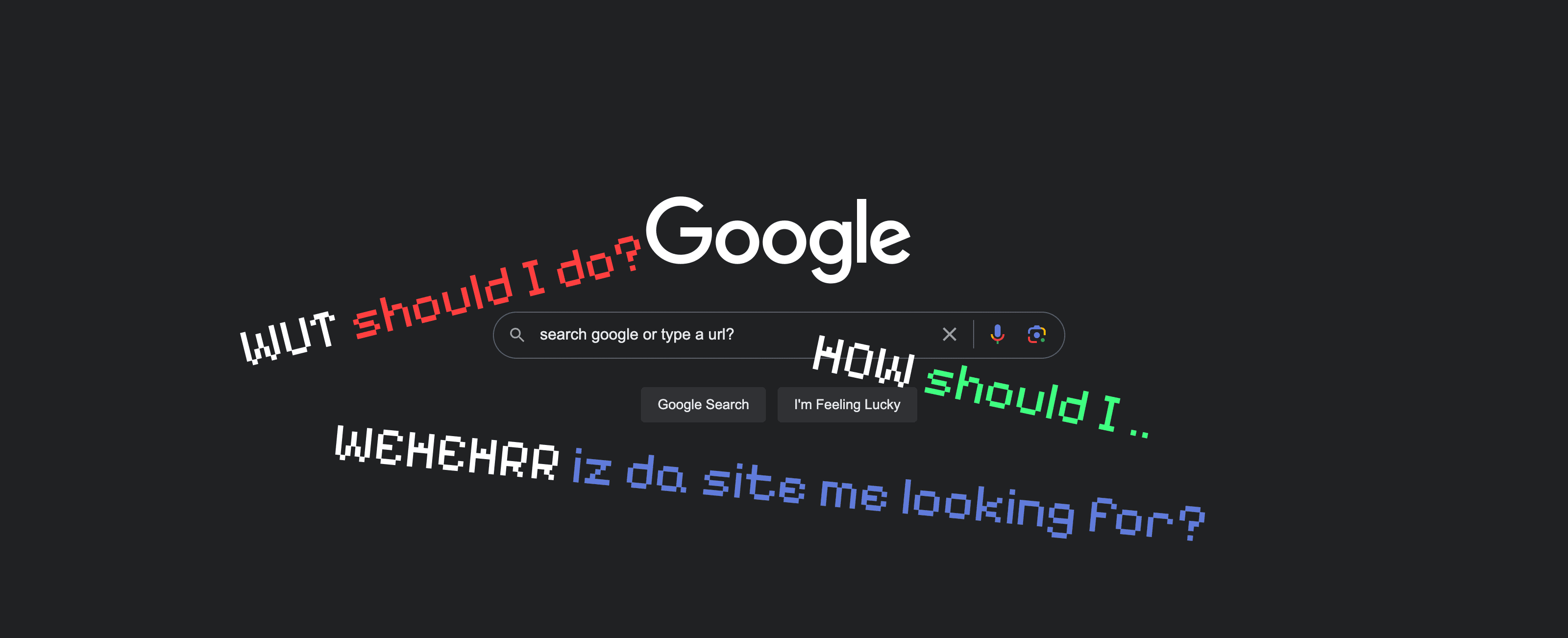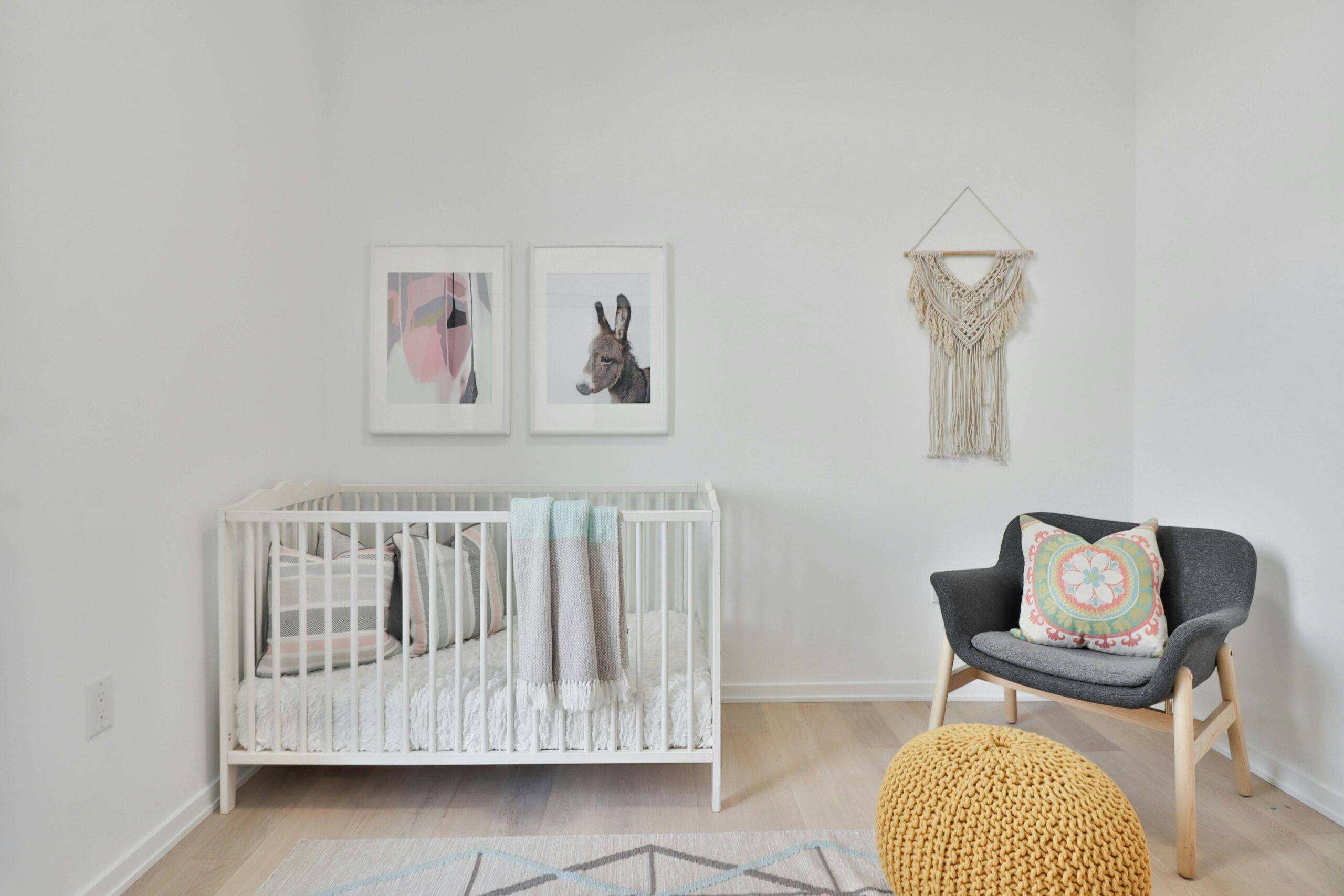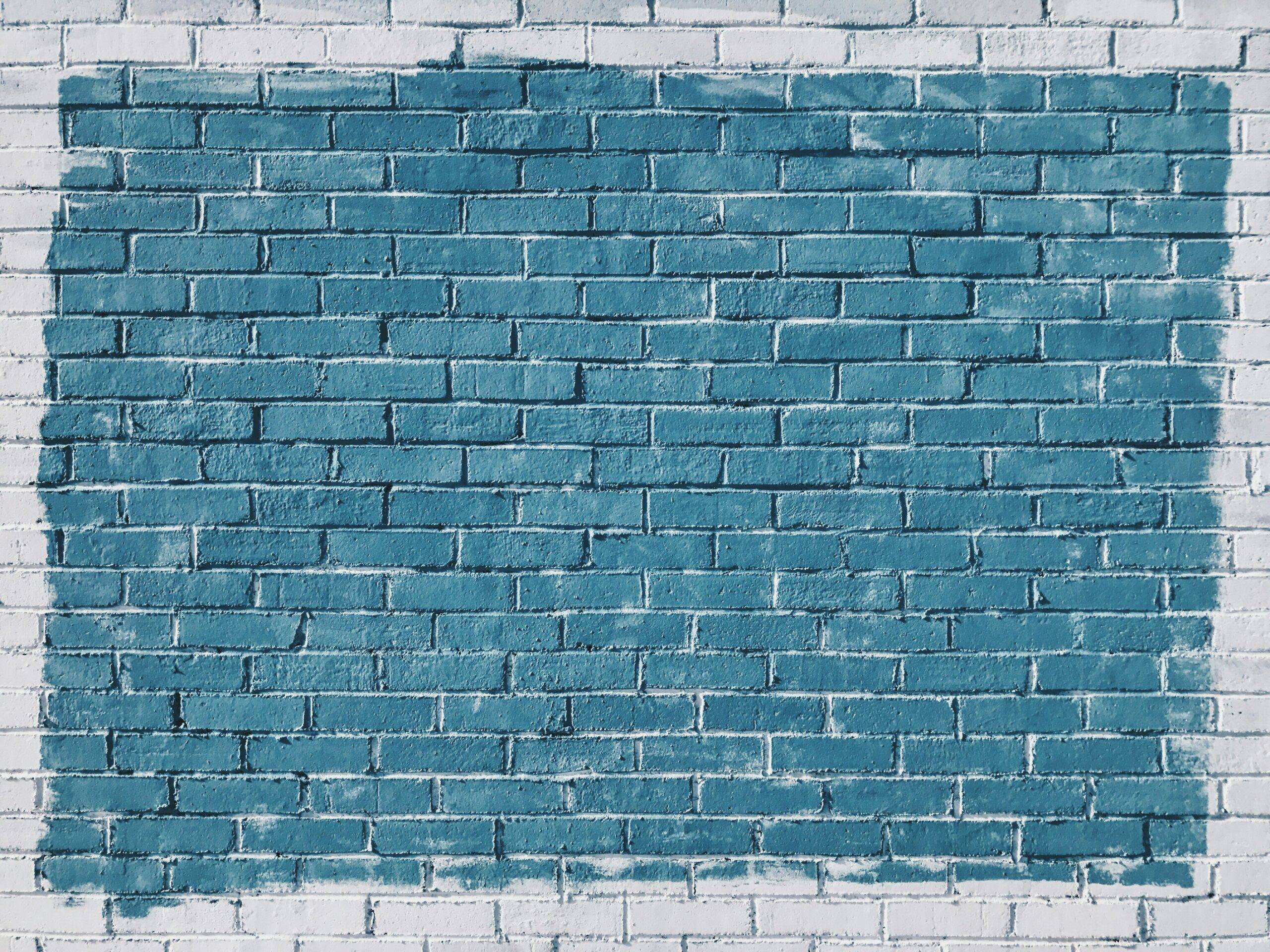Understanding Solar Eclipse Safety
When an awe-inspiring solar eclipse occurs, it’s natural to want to witness this celestial event. However, it’s critical to prioritize safety to protect one’s eyes from the potential hazards associated with observing an eclipse directly.
The Dangers of Direct Viewing
The sun’s rays are immensely powerful and looking directly at it, even during an eclipse, can cause permanent damage to the retina, leading to a condition known as solar retinopathy. The danger is heightened because there’s no immediate pain when the damage is being done, and the loss of vision can be either temporary or permanent.
Direct viewing of the uneclipsed or partially eclipsed sun is only safe through special-purpose solar filters, such as “eclipse glasses” or hand-held solar viewers. Regular sunglasses, even very dark ones, or homemade filters are inadequate as they allow thousands of times too much sunlight to pass through, posing a significant risk to one’s eyesight (NASA Eclipse Safety).
Certified Protection Standards
For the utmost protection during an eclipse, individuals should use products that comply with the ISO 12312-2 safety standard. This includes ISO-certified eclipse glasses and viewers, which are designed to filter out harmful solar radiation effectively. If these filters are not scratched, punctured, or torn, they can be used to observe the uneclipsed or partially eclipsed sun for as long as desired. Moreover, contrary to outdated warnings, these compliant products can be used indefinitely and do not have a viewing time limit or expiration date, as long as they maintain their integrity and are stored properly (NASA Eclipse Safety).
The American Astronomical Society provides a list of reputable vendors that supply solar filters and viewers meeting the ISO 12312-2 international safety standard. Ensuring that any product used for eclipse viewing is sourced from these vendors can greatly reduce the risk of eye injury (NASA Eclipse Safety).
Safety when observing a solar eclipse cannot be overstated. Using the appropriate filters, such as shade 14 glasses or welders glass for eclipse viewing, is essential. Adhering to the guidelines set by safety standards will ensure that the experience of watching a solar eclipse is not only memorable but also safe.
Choosing the Right Welding Glass
For urban outdoor enthusiasts who are excited about observing solar eclipses, it’s critical to select the appropriate eye protection to safely enjoy the celestial event. Welding glass is a viable option, provided it meets certain standards.
Shade Levels Explained
Welding glass comes in different shade levels, which indicate the degree of darkness and the amount of light that is allowed to pass through. The shades are numbered, with higher numbers correlating to darker tints. These shade levels are designed to protect users from the bright and harmful radiation that occurs during welding processes, which is similar to the intense light produced by a solar eclipse.
| Shade Level | Intended Use |
|---|---|
| 8-13 | Light to moderate welding applications |
| 14+ | Heavy-duty welding, safe for eclipse viewing |
For eclipse viewing, it is imperative to use welding glass that is sufficiently dark to filter out the intense rays of the sun. According to Phillips Safety, the minimum recommended shade level for safely viewing a solar eclipse is 14.
The Importance of Shade 14
Shade 14 welding glass is the standard for safely observing a solar eclipse due to its ability to block out harmful levels of radiation and laser wavelengths. This specific shade can provide the necessary protection against harmful UV and IR radiation emitted by the sun during an eclipse, as noted by Rx-Safety.com.
While there are a variety of welding glass shade levels available, not all of them are suitable for eclipse viewing. For instance, Knox News cautions that most welding glass does not offer the necessary level of protection for direct observation of the sun.
| Welding Glass Type | UV Protection | IR Protection | Suitable for Eclipse Viewing |
|---|---|---|---|
| Below Shade 14 | Partial | Partial | No |
| Shade 14 and Above | Full | Full | Yes |
It is essential to ensure that the welding glass you choose for eclipse viewing is labeled as Shade 14 or higher. Anything less may not provide adequate protection and could result in serious eye damage. For those interested in using welding glass to view a solar eclipse, options such as #14 welding glass, welders glasses 14 shade, and welding goggles shade 14 are recommended.
Choosing the right welding glass is crucial for anyone wishing to safely experience the wonder of a solar eclipse. By understanding shade levels and opting for Shade 14 or higher, eclipse watchers can protect their eyes while enjoying the spectacle. For more information on the safe use of welding glass for eclipse viewing, refer to the comprehensive guide on welding glasses for solar eclipse.
Misconceptions about Welding Glasses
The use of welding glasses for astronomical events has been a topic of discussion and confusion. Let’s clarify some common misunderstandings about the suitability of welders glass for eclipse viewing.
Inadequate Shade Levels
It is a common misconception that any welding glass can be used to safely view a solar eclipse. However, not all shades of welding glass provide the necessary protection for direct solar observation. According to Phillips Safety Products, most welding glass does not have the necessary level of protection against the intense light and radiation from the sun.
For safe eclipse viewing, it is crucial to use welding glass that meets the minimum requirement of shade 14. Glass with a lower shade level will not provide sufficient protection against the harmful ultraviolet (UV) and infrared (IR) radiation emitted by the sun. Here’s a table that shows the inadequate protection levels of various shade levels:
| Welding Glass Shade | Safe for Eclipse Viewing |
|---|---|
| Shade 12 or Lower | No |
| Shade 13 | No |
| Shade 14 | Yes |
Only welding glass that is shade 14 or higher is considered safe for viewing a solar eclipse. For specific products, refer to our list of #14 welding glass options.
Risks of Improper Use
The risks associated with using welding glasses with inadequate shade levels for eclipse viewing are severe. Welding glasses are designed to protect against the light and radiation from welding activities, not the more intense radiation from the sun (Phillips Safety). The sun emits stronger radiation that can cause serious eye damage if not properly shielded.
Improper use of welding glasses for viewing the sun can result in solar retinopathy, which can lead to permanent eye damage or blindness. It is imperative for eclipse viewers to use certified protection that specifically states its suitability for solar observation. For guaranteed safety, consider using ISO-certified eclipse glasses or handheld solar viewers, which are designed and tested for direct solar viewing.
In conclusion, while welding glass, specifically shade 14, can be used for viewing solar eclipses, one must ensure that the product is indeed intended and rated for this use. Always verify the shade level and look for certifications that indicate its suitability for solar viewing. For more information on proper eclipse viewing and safety, explore our collection of articles on eclipse welding goggles and welding glasses for solar eclipse.
Alternatives to Welding Glass
While welding glass for eclipse viewing is a popular option, there are safer and more convenient alternatives specifically designed for solar eclipse enthusiasts. These alternatives provide the necessary protection from the sun’s harmful rays during an eclipse.
ISO-Certified Eclipse Glasses
Eclipse glasses that are ISO-certified offer a safe way to view solar eclipses. According to NASA Eclipse Safety, the only safe way to look directly at the uneclipsed or partially eclipsed sun is through special-purpose solar filters, such as “eclipse glasses” that comply with the ISO 12312-2 safety standard. Unlike homemade filters or regular sunglasses, these eclipse glasses reduce sunlight to safe levels for your eyes.
| Feature | Importance |
|---|---|
| ISO 12312-2 Certified | Ensures the glasses meet international safety standards for direct solar viewing |
| Scratch-resistant | Maintains the integrity of the lenses for safe viewing |
| No viewing time limit | Allows for prolonged observation of the eclipse |
These glasses are designed to protect your eyes from harmful ultraviolet, visible, and infrared radiation. If they are not scratched, punctured, or torn, ISO-certified eclipse glasses and viewers can be used for as long as desired to view the uneclipsed or partially eclipsed sun. The American Astronomical Society provides a list of reputable vendors for these solar filters and viewers (NASA Eclipse Safety).
Handheld Solar Viewers
Handheld solar viewers are another alternative to traditional welding glasses. Like the eclipse glasses, these viewers should also be compliant with the ISO 12312-2 safety standard. They are easy to hold and are ideal for those who want the flexibility to look at the eclipse intermittently.
| Feature | Importance |
|---|---|
| ISO 12312-2 Certified | Assures that the viewer is safe for direct solar observation |
| Durable material | Prevents tears and punctures that could compromise safety |
| Portability | Allows for easy transport and use in different locations |
These viewers often come with instructions for safe usage. It’s crucial to inspect the viewers before the eclipse and to discard them if they are damaged in any way.
Both ISO-certified eclipse glasses and handheld solar viewers provide a safe and enjoyable viewing experience for urban outdoor enthusiasts interested in observing solar eclipses. Ensure that any product you choose meets the safety standards and is in good condition before use. For more information on solar eclipse viewing and safety, visit the links on shade 14 glasses, eclipse welding goggles, and welders glass shade 14.
Safe Viewing Practices
Adhering to safe viewing practices is essential when observing a solar eclipse. With the right knowledge and equipment, individuals can marvel at this celestial event without risking eye damage. Below, we discuss how to assess the condition of filters and the proper use of a welding helmet for eclipse observation.
Assessing Filter Condition
Before using any filter to view the eclipse, it is crucial to inspect its condition thoroughly. Whether you are using welders glass, eclipse welders glass, or ISO-certified eclipse glasses, the filter must be free of scratches, punctures, or tears. Any damage can compromise the protection and allow harmful solar rays to pass through.
For filters compliant with the ISO 12312-2 safety standard, they can be used to look directly at the sun for an extended period, provided they are intact and undamaged. These standards ensure that the viewer is adequately protected against the sun’s rays. It is important to note that views which are not compliant with the ISO 12312-2 standard should not be used, as they do not offer sufficient protection (NASA Eclipse Safety).
Using a Welding Helmet
A welding helmet equipped with the proper shade level is a viable option for safely viewing a solar eclipse. The recommended shade for eclipse viewing is shade 14, which offers the densest filter to protect the eyes from infrared and ultraviolet radiation emitted by the sun during an eclipse (Knox News).
To ensure safety, the following checklist should be used when selecting and using a welding helmet for eclipse viewing:
- Verify the helmet has a shade 14 lens or darker.
- Ensure the helmet’s filter is not compromised with any sort of damage.
- Familiarize yourself with the helmet’s features and adjust the fit for comfort and stability.
- Test the helmet in a safe environment before the day of the eclipse.
By observing these guidelines and using a certified welding helmet, enthusiasts can enjoy the solar eclipse while minimizing the risk of eye injury. It’s also valuable for viewers to be aware of other safe viewing methods, such as pinhole projection and telescopes with solar filters, as outlined by NASA (NASA Eclipse Safety). These alternative methods offer different ways to experience the eclipse, catering to varied preferences and circumstances.
For additional guidance on safely viewing a solar eclipse and detailed information on the different types of protective eyewear, including welding goggles shade 14 and welding glasses for solar eclipse, please visit our comprehensive resources on the subject.
Other Safe Viewing Methods
While welders glass for eclipse viewing is a popular method, there are other safe ways to observe a solar eclipse. Understanding these alternatives is crucial for anyone interested in astronomy and eclipse events.
Pinhole Projection Technique
The pinhole projection technique is a simple and safe way to view solar eclipses without looking directly at the sun. It involves projecting the image of the sun through a small opening onto a flat surface, effectively creating a miniature version of the eclipse. This method can be improvised with common items, such as a piece of card with a small hole or even the gaps between your fingers.
During the partial phases of an eclipse, even the shadows cast by leaves on trees can act as natural pinhole projectors, displaying the crescent shape of the sun on the ground. This phenomenon occurs because the small spaces between the leaves allow light to pass through and project an image of the eclipsed sun below.
For those who want to create their own pinhole projector, follow these steps:
- Make a small hole in a piece of card.
- Stand with your back towards the sun.
- Hold the card above a smooth, light-colored surface.
- Adjust the distance between the card and the surface until you see a clear projection of the sun.
This method is recommended by NASA Eclipse Safety as it completely avoids the risk of looking at the sun directly.
Telescopes with Solar Filters
For a more detailed observation of a solar eclipse, using a telescope equipped with a solar filter is an excellent choice. These filters are designed to fit over the front lens of the telescope, blocking out the majority of sunlight and allowing for a magnified and detailed view of the eclipse’s progress.
It’s crucial to use the correct type of solar filter, which is one that attaches to the large end (objective lens) of the telescope. Smaller solar filters that attach to the eyepiece are not safe, as they can heat up and crack, exposing the viewer’s eye to intense solar radiation.
Here are a few tips for using telescopes with solar filters:
- Ensure the filter is securely attached and check for any damage before use.
- Do not use makeshift filters or any materials that are not specifically designed for solar observation.
- Always supervise children when using a telescope to view an eclipse.
Telescopes with the appropriate solar filters can provide a mesmerizing experience, showing the intricate details of the eclipse that are not visible to the naked eye. As emphasized by NASA Eclipse Safety, observing these celestial events with the right equipment can be both thrilling and secure.
For those interested in the specifics of welders’ glasses and their appropriate shading for eclipse viewing, please explore our resources on #14 welding glass and welding glasses 14 shade.




Leave a Reply